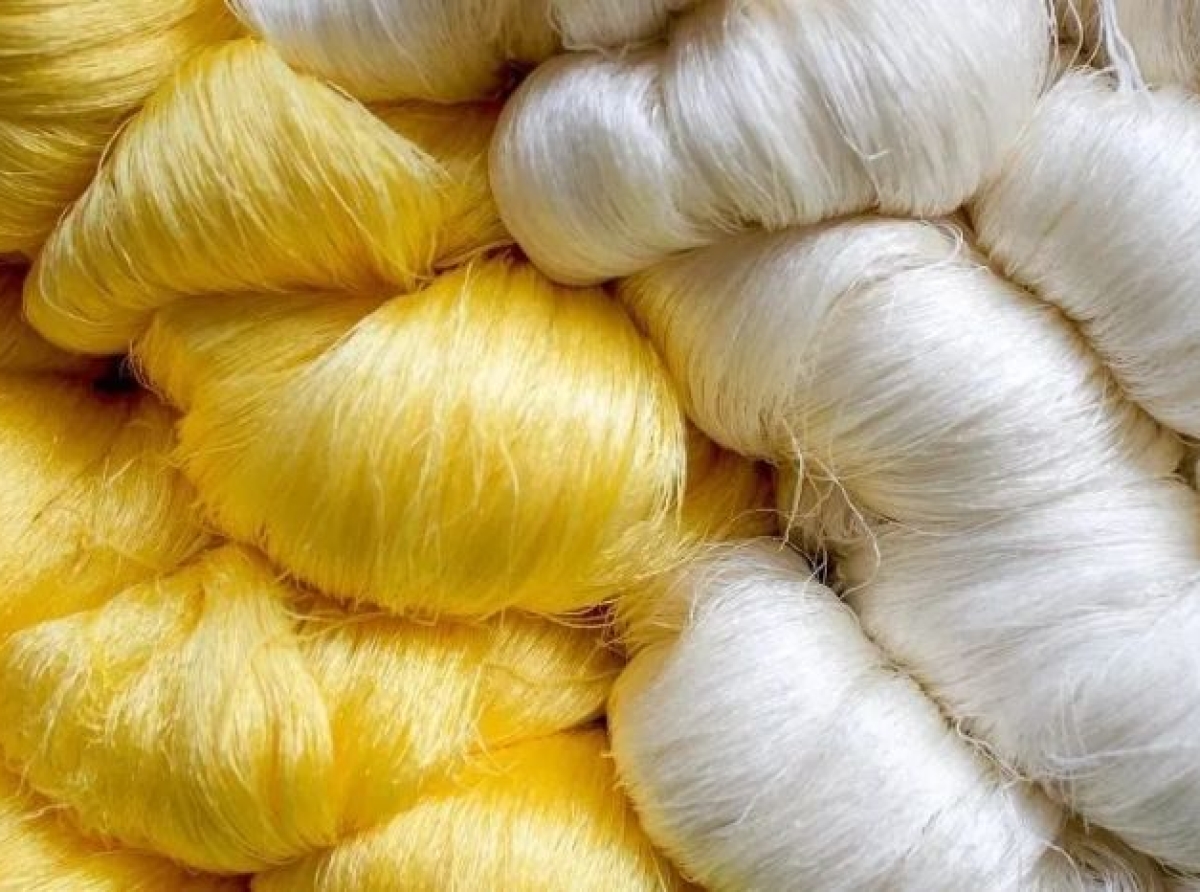Cotton-made Vs. Man-made Fibre apparel- A quick debate

23 March 2023, Mumbai
There has been a fierce debate between cotton-made and man-made fiber apparel for the longest time now in the fashion industry. In layman's terms 'Cotton-made apparel' is made from natural fibers which are grown solely from cotton plants, whilst man-made fiber (MMF) apparel is created from manmade synthetic materials such as polyester, nylon, spandex, etc.
The jury is out considering that there are arguments & counter-arguments in favour of each type of raw material.
The Legacy of Natural Fiber
Cotton is a legacy fiber as apparel are produced out of it for centuries, and it still remains one of the fibers of choice for garment/clothing today. Cotton is characterized as soft, breathable, and conducive for tropical countries and hypoallergenic, making it suitable for sensitive skin.
It is very high absorbency means it can soak up sweat and moisture, making it an ideal choice for hot and humid climates which many countries have. Easy care for 'Cotton-made apparel' besides, its durability and long-lasting are certain valuable properties the fiber offers.
On the other hand, man-made fiber apparel has its advantages too. Synthetic materials like polyester and nylon are highly durable and resistant to wear and tear. They're also lightweight, which makes them ideal for sports and outdoor activities.
Man-made fiber apparel is typically less expensive than cotton-made apparel, and it's easy to care for. It's also highly versatile, as it can be made to look and feel like a variety of natural materials.
Cotton-made apparel has the advantage of being a renewable resource, and the production process has a relatively lower carbon footprint.
Synthetic Fibers vs. Nature
However, there is a case for (MMF) man-made fiber apparel manufacturing having serious environmental implications. It is evidently known today that, synthetic fibers are made from petrochemicals, which clearly implies that they're not biodegradable and are attributable to generating environmental pollution.
Besides, there are issues around water footprints in the production process, using enormous amounts of energy and releasing greenhouse gases (GHGs), which significantly contribute to climate change.
A limited point being made here is cotton is a natural fiber that requires large amounts of pesticides, while MMF apparel is straddled with its own set of odds being made from synthetic fibers producing & emitting microplastic pollution. But both have their own set of sustainability challenges.
In fact, 73% of customers indicated cotton was more essential to them when buying home textiles.
Synthetic fashion's expanding reach
Let us also delve into the factor called comfort ness as the comfort level of man-made fiber apparel/Synthetic materials is questionable as they can trap heat and moisture, making them uncomfortable especially to wear in hot and humid climates.
“Comfort Matters: The Fibre Debate" whereas, cotton-made apparel is highly breathable and comfortable to wear in all types of weather conditions which gives it an edge.
It's not surprising that according to a poll performed by cotton Incorporated Cotton Lifestyle Monitor, nine out of ten customers agree that comfort is crucial in clothing buying decisions, with cotton apparel regarded as the most comfortable by 80%.
The Battle for Supremacy
The debate between cotton-made and man-made fiber apparel goes way beyond its characteristics, features and merits & demerits but also includes ethical considerations given the sustainability concerns.
The growing concern about the manufacturing of 'Cotton-made apparel' has been linked to labor exploitation and environmental degradation in advanced/developing countries.
ALBEIT l the production of man-made fiber (MMF) apparel is also not free from the malaise of being associated with environmental pollution (GHGs) and the use of toxic chemicals/skin-unfriendly dyes in production.
Indian perspective
How India is positioned; India is one of the global biggest cotton growers, quite logically widely producing a range of apparel products. Although, of late, there has been a wider recognition both at the industry & administration end of the shift towards the use of man-made fibers (MMF) in the apparel industry.
To give a quick reference Cotton apparel: A traditional cotton salwar kameez, a popular Indian women's outfit daily nightwear, etc.
MMF apparel: One of the greatest examples is A polyester saree, a popular Indian women's garment that consists of a long piece of fabric draped around the body, performance apparel, etc.
Regulatory side; Customs duty on MMF imports in India makes it pricier than locally produced cotton, making it an uncompetitive & economically unviable proposition discouraging its use and hampering attempts to diversify the textile industry, as it may not be a true representation of society and what can be done on the ground to encourage.
Uniform GST rates of 12% have also certainly reduced the compliance burden' for 'The MMF Textiles sector'.
Global view
As per industry estimates," The manmade fibre (MMF) segment constitutes approximately 70% share in the global fiber consumption".
According to statistics from January 2022, the US imported US $ 3.54 billion worth of Manmade fibers (MMF), which is less than the US $ 3.70 billion worth of cotton imported in the same month.
Although the rise in oil prices has reduced demand for MMF goods, it has reintroduced cotton into the spotlight but may be transitory.
Let us break it down in this article for readers; Globally cotton and MMF (man-made fiber) apparel are two primary categories in the universe of the textile and apparel (T&C) industry.
Cotton apparel is made from natural cotton fibers while MMF apparel is made from synthetic fibers like polyester, nylon, and rayon. Classical examples of cotton apparel include t-shirts, jeans, and bed sheets amongst many while examples of MMF apparel entail athletic wear, swimsuits, formal dresses, etc
Merits & Demerits
Both cotton-made and man-made fiber (MMF) apparel have their advantages and disadvantages. Any such debate between the two is too complicated and multifaceted, and quite evidently jury is out what is the way forward as, the ruling between cotton-made and man-made fiber (MMF) apparel broadly depends on individual choices/preferences, environmental concerns, and ethical considerations.
In the end, it is really important to consider the manufacturing process, the environmental impact it leaves, and comfort level when deciding which type of apparel/clothing to purchase trying to optimize.
Consumers can also look for sustainably manufactured, ethically, and responsibly made cotton apparel and man-made fiber (MMF) apparel to support sustainable, ethical, and responsible fashion.
Latest Publications





























